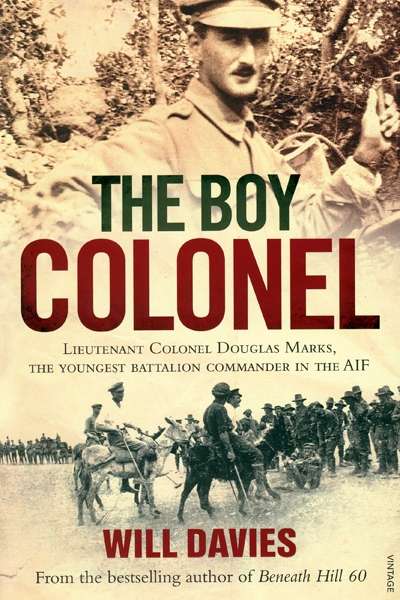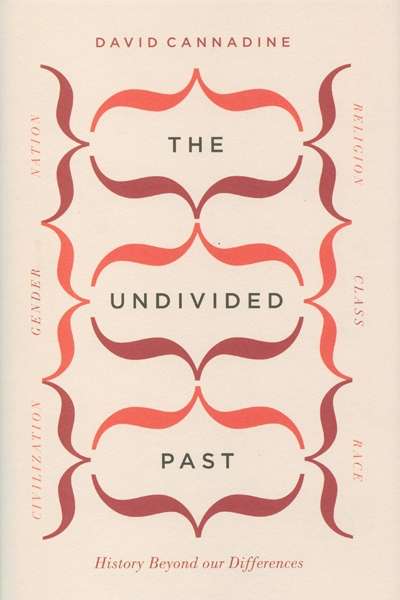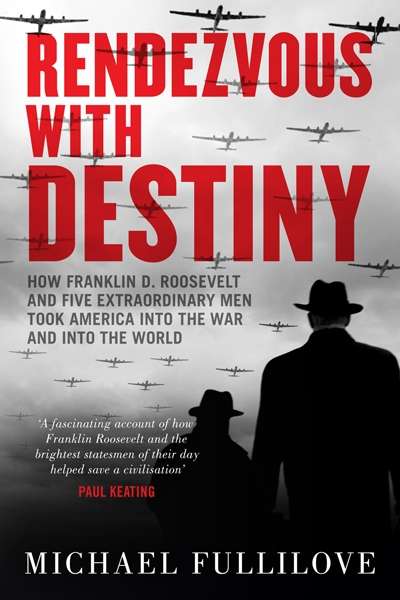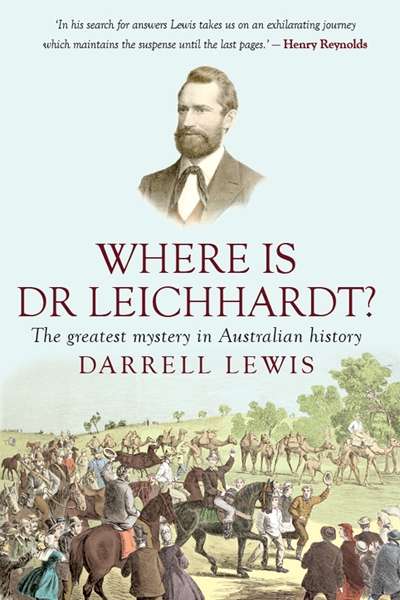History
The Baby Farmers: A Chilling Tale of Missing Babies, Shameful Secrets and Murder in 19th Century Australia by Annie Cossins
In The Baby Farmers, legal scholar Annie Cossins revisits a bizarre episode in Australian criminal history. Her text focuses on a pair of baby killers who operated in Sydney during the nineteenth century. In October 1892, Sarah and John Makin were arrested after a baby’s corpse was found buried on their farm. An investigation revealed the bodies of twelve more babies, all buried in properties that had been inhabited by the Makins. The couple’s crimes stemmed largely from their poverty. Purchasing babies provided them with an (albeit limited) income. These babies had often been born out of wedlock, and their mothers relinquished them to avoid the stigma surrounding ‘illegitimate’ children.
... (read more)Unfinished Empire: The Global Expansion of Britain by John Darwin
The main title of John Darwin’s new book is simple but mischievous. Its primary purpose is to announce that he sees empire as an activity rather than a thing. People, millions of them, made it, and remade it constantly, over long stretches of time; it was always in progress, always being finished ...
... (read more)The Boy Colonel: Lieutenant Colonel Douglas Marks, the Youngest Battalion Commander in the AIF by Will Davies
So many Australian scholars and writers stand tall alongside C.E.W. Bean that you have to wonder: is there much more that can be said about World War I? Well, no. And yes. Almost one hundred years on, writers such as battlefield historian Will Davies continue to seek illumination through unfamiliar characters and fresh angles. Such is his intention in his latest book, The Boy Colonel ...
The Undivided Past: History Beyond our Differences by David Cannadine
David Cannadine is a distinguished transatlantic historian, the author of books on modern Britain and its empire, the biographer of G.M. Trevelyan and Andrew Mellon, and he recently wrote a perceptive account of the persistent anxiety over school history. An iconoclastic thinker and urbane stylist ...
... (read more)Rendezvous with Destiny: How Franklin D. Roosevelt and Five Extraordinary Men took America into the War and into the World by Michael Fullilove
Michael Fullilove, head of the Lowy Institute, has written about President Roosevelt and the men who helped him to guide the US so reluctantly into World War II. Dennis Altman reviews this model of academic research.
... (read more)W. Macmahon Ball: Politics for the People by Ai Kobayashi
William Macmahon Ball (1901–86) was many things: an academic, a diplomat, a writer, and what we would now refer to as a ‘public intellectual’. As Ai Kobayashi’s new study of this fascinating man ably demonstrates, Ball was predominantly an educator. In the classroom, through books, and in the media, Ball encouraged his audience to reflect more deeply and actively on Australia’s relations with the outside world. From World War II onwards, Australia’s relationship with Asia was among his chief concerns. During his time as Professor of Political Science at Melbourne University (1949–68), Ball did much to accelerate the development of Asian studies in Australia.
... (read more)Silences and Secrets: The Australian Experience of the Weintraubs Syncopators by Kay Dreyfus
Kay Dreyfus was inspired to write about the Weintraubs Syncopators after seeing a German documentary at the Melbourne Jewish Film Festival in 2000. The film recounted the story of this interwar dance and variety band, which had earned fame in Josef von Sternberg’s The Blue Angel (1930), and later used a European tour to escape from Hitler’s jazz- and Jew-hating régime. After a music-driven adventure across Russia and Asia, the group believed it had found a haven when it reached Australia in 1937, and secured a residency in Sydney’s high-society Prince’s restaurant. Then disaster struck. Accused of espionage, musicians accustomed to celebrity suddenly found themselves interned. Although they were later released, the band never reformed. Dreyfus was intrigued by the Syncopators’ story, but it was the film’s assertion of Australian responsibility for their destruction that piqued her intellectual curiosity.
... (read more)Where is Dr Leichhardt?: The greatest mystery in Australian history by Darrell Lewis
Among all the myriad characters, brilliant and brutish, fraudulent and fabulous, who lobbed into New South Wales in the mid-nineteenth century, Ludwig Leichhardt, born in rural Prussia 200 years ago, was in a class of his own.
... (read more)There’s no ASIO file on me, not even a mention in someone else’s file, according to my keyword search. It’s almost insulting, given that I spent several years in the Soviet Union in the late 1960s and later, as a Soviet historian in the United States in the Cold War 1970s, was suspected of being soft on communism. My father, the radical Australian historian Brian Fitzpatrick, had an ASIO file, of course. They even trailed him in the 1950s – or at least trailed someone they thought was him, a man of ‘repulsive appearance’ wearing a hat and an overcoat, neither of which he possessed. He would have been tickled both by the surveillance and the blunder. They had a file on my mother, Dorothy Fitzpatrick, too, although they got her middle name wrong. It wasn’t from her days of real left-wing activity in the 1930s, but from the 1950s, years that were among her most miserable and least political, when she was doing a teachers’ training course at Mercer House and then teaching at the Melbourne Church of England Girls’ Grammar School. To ASIO she was an also-ran to suspected communists of more dominant personality like Gwenda Lloyd; probably they included her mainly because of her marriage to Brian. ‘Same views as her husband’, one informant reported, which hardly does justice to a natural contrarian.
... (read more)Glorious Days: Australia 1913 edited by Michelle Hetherington
Not altogether surprisingly, the centenary this year of the foundation and naming of Canberra as the national capital of Australia has passed without any conspicuous celebration of the event beyond the confines of the city itself. Conceived to embody and represent the aspirations of the new Australian nation, unfettered by the rivalries and jealousies of the states, Canberra has always been held in grudging regard by the very nation it was established to serve – the grudge perhaps greater than the regard.
... (read more)









